Welcome to one of the most active flamenco sites on the Internet. Guests can read most posts but if you want to participate click here to register.
This site is dedicated to the memory of Paco de Lucía, Ron Mitchell, Guy Williams, Linda Elvira, Philip John Lee, Craig Eros, Ben Woods, David Serva and Tom Blackshear who went ahead of us.
We receive 12,200 visitors a month from 200 countries and 1.7 million page impressions a year. To advertise on this site please contact us.
|

|
|
19th century spirit guitar
|
You are logged in as Guest
|
|
Users viewing this topic: none
|
|
Login  | |
|

   
Ricardo
Posts: 14797
Joined: Dec. 14 2004
From: Washington DC

|
 RE: 19th century spirit guitar (in reply to estebanana) RE: 19th century spirit guitar (in reply to estebanana)
|
|
|
quote:
ORIGINAL: estebanana
Fantastic essay, the author is so polite in how she refutes the assumptions of previous writers. I think this painting hits on the fact that Sergeant was a true aficionado, and I’ve always thought this picture is quite true to 19th century flamenco as a daring foreign aficionado would have seen it in a fairly hardcore venue.
Please bring forth anymore gems on this subject you have archived.
If I may put forth some thoughts on the painting, and the observations of the author linked above.
First, it is echoed again the thing about gitanos being all the same class of individual, and negates that the stewards of flamenco music often had successful work, and integration, even some were bullfighter celebrities. So I am not keen on the “flamenco as a form evolved in the caves” type of thing. But it is so common it is not a big deal. All of her observations are right on about what is in the painting but she misses out on few opportunities to point out details, which I would like to add now.
Castañuelas: Correct she does not have them, and probably shouldn’t (Carmen Amaya used them in Siguiriyas etc., but it was considered unusual even then). But the proof is beyond the painting itself. I have the book that shows dozens of sketches as studies for this work that show the hands, palms empty. He used the same exact dancer and pose several times so, he was not trying to paint a literal scene from memory (in a sense, yes he is inventing things in the picture, as real as it looks). Likely her left hand is doing pitos (snapping) like the seated girl. The other hand is not grabbing the skirt (as the author claims) put is palm open, wrist pushing against hip. All the sketches show this.
Jaleo: This word has several meanings related to flamenco, and the issue is which one of these did HE intend. There is a clue on the wall on the back. “Ole” is written deliberately. This means “Jaleo” is referring, in his mind, not to a song form, but to the literal shouting out loud. This is done in any palo at any time (ideally in compas on the 12, or downbeat feeling), but the painting also shows activity that implies one of the other meanings of the word, which is the music that is performed in the Juerga or Fin de Fiesta. This music is typically, bulerias, OR tangos, etc., ie, up tempo forms. The posture of the palmeros is of this type of rhythm, not a solea or siguiriya, or even a fandango. Specifically the man on left, and girl on right are on the beat, and the man on the right in the middle, is doing the contratiempo.
I have seen the label “Jaleo” used for both Buleria and Tangos, so, a synonym for “juerga or fin de fiesta”. In American English we can think of the word applying to music that is played at an “after party”. A non-flamenco example would be Mozart and his opera friends post concert shin digs in the Amadeus movie. I feel the setting of the painting is intended this as well, rather than a tablao or theatre show. So for me, these two meanings apply to the painting (juerga and shouts of encouragement that goes with it). The other meaning is the song form. Castro Buendia has an interesting paper on the subject and relationship to the Soleá. However and ignored aspect is the Extremeño melody connotation of the word, and is how today working pros apply the term. The melody also comes with rhythmic baggage (does not have to), and we addressed this specifically in the cante accompaniment thread with examples of Jaleo accompaniment. I don’t think the painting needs that extra meaning, but it can in theory apply to what might be sung or played (Buleria Extrameños specifically, and the guitarists give a clue there, but could be coincidental of course).
For the record… the melody on Norman’s site called “Jerez Anonymous” is the specific one we associate “Jaleo” with today. There was a thread about a book that catalogues the various melodies of Extremadura for a more complete picture. I have to say, the idea that the “jaleo” as a song form (Buendia focuses on Jiliana, as female and Jaleo as male in terms of dance of the same music) pre-dating Solea makes no sense to my musical brain. As we see the enormous amounts of cante derivatives of Solea family, Jaleo fits as a subset of the family…not a precursor ancestor. IMO of course, it is just not logical. Again, historians are more concerned about the word itself and its appearance in print since music score is not in print to clarify. Printed music implies different music using the same titles (and is a waste of space in much of Buendia’s work IMO, yet he takes it as evidence the cantes likely did not actually exist yet, at least as we now think of them).
Guitarists: even though his guitars kind of suck interms of realism, I also have sketches of other guitar players of his, and it is obvious he plays guitar himself, and could very well be representing chords he actually knew were being played in the moment. One sketch shows two players using an E major tried, and in this painting we discuss, they are playing a high position C9 and C13 respectively. That pinky reach of the player on the left is the same type of voicing Tomatito uses in a buleria falseta in Encuentro. PDL uses it as well. The high position implies they are probably using capo at 4ish, though it is not clearly visible. Otherwise an absolute pitch chord of E9, and E13 could be in play, but I doubt it. Both players are using open handed abanico. The chord would be the correct harmony for Buleria Extremeños first line of verse (probably coincidence). I know it is not the cambio chord because the dancer is not doing the typical remate for that part of the letra. The capo 4 implies a high tessitura for the singer, which leads us to his head position.
Singer: There are two modes of vocalizing. Opera singers drop the larynx and tilt forward as pitches rise, and this is visible in the actual neck of males where the adams apple protrudes as pitches rise. Many pop and rock singers use their speaking voice to sing, and this means the larynx bobs up or down based on pitches just like speech patterns. For high pitches the larynx moves uncomfortable high and to compensate, these singers noticeably lift the chin. Lemmy of Motörhead, Brian Adams, Ariana Grande, are obvious examples. Steve Perry tilts his head sideways to make room, as an alternative. To me, the guy in the picture is demonstrating this exactly, and the high chord position reinforces this possibility (4 por medio). Also the high pitch of the melody is on the first line of verse (the others fall to tonic usually). Today many flamenco singers use lower titled larynx so you don’t see that action.
Last observation is the chair. The guy has a guitar in the lap next to the chair. I suspect the dancer might have been using the guitar, and handed it that guy who was eating an orange, and he put it down so she could dance a patada por Bulería. Of course, that is speculation but makes sense.
_____________________________
CD's and transcriptions available here:
www.ricardomarlow.com
|
|
|
|
REPORT THIS POST AS INAPPROPRIATE |
Date Jan. 29 2023 20:57:19
 |
|

   
Ricardo
Posts: 14797
Joined: Dec. 14 2004
From: Washington DC

|
 RE: 19th century spirit guitar (in reply to estebanana) RE: 19th century spirit guitar (in reply to estebanana)
|
|
|
quote:
ORIGINAL: estebanana
I know which vihuela book you’re referencing- Juan Bermudo published in Osuna in 1550?
Or something else?
Because they had the capo thing covered in the 16th century.
They also built instruments to different scale lengths, but with close pitch ranges to cover different vocal ranges. They had D, F, G and A vihuelas, and also cejillas, for those folks with only one axe. 😂
yes it would make sense. However, the thing I linked to that Kitarist found, implies 17th century is when it appears. I am surprised at the use of the common key of G minor by the Vihuelists, which is comparatively rare in guitar repertoire, even flamenco (por abajo without tuning down to D). Perhaps that comes from the mentality of key signatures, which were not standardized, so those guys were thinking one flat, and oh, here is another (Eb) every once in a while. Of course the Vihuela with the F# makes for some lovely D chords.
That little guitar sounds great…I think the big plantillas add too much bass so these little guys cut through, but just a guess. Maybe it is the salted and tuned brace? 
How much for that thing? And why make sides deeper??
_____________________________
CD's and transcriptions available here:
www.ricardomarlow.com
|
|
|
|
REPORT THIS POST AS INAPPROPRIATE |
Date Jan. 31 2023 12:35:39
 |
|

   
Ricardo
Posts: 14797
Joined: Dec. 14 2004
From: Washington DC

|
 RE: 19th century spirit guitar (in reply to estebanana) RE: 19th century spirit guitar (in reply to estebanana)
|
|
|
quote:
ORIGINAL: estebanana
Before I forget, the 1555 publication of On Playing the Vihuela ~ De Taner Vihuela
https://lutesocietyofamerica.org/journal/journal-1995-vol-xxviii-journal-1996-vol-xxix/
I tested the link to download the PDF it’s good.
Unfortunately I have a copy of this book published by the Lute Society of America, but I had to leave the majority of my library in California and it wasn’t feasible to bring it along. My library is still marooned somewhere in the Santa Cruz mountains in a deceased sculptor’s studio.
But Ricardo you’ll love this book of 16th century theory.
Thanks man! Love it. The guy was totally nerding out. I love how he is basically inventing EQ temp, with same fudge room we still use pretty much, and 200 years later Bach is still dealing with convincing people of it’s practicality. If only Bermudo had an Ab major fugue to prove it to everybody (in case you didn’t hear the story of Bach making fun of the famous new organs being built by testing them with that piece so everybody hears the dissonances clearly). So I am only through the beginning but there is no capo…hence his “imaginary” 7 Vihuelas that he wants people to use for transpositions. (Maybe a capo option is mentioned later in the book?)
A while back we had the solfège argument, regarding how modern flamenco people use it. It seems left over from the the overlapping solmization system, where both CDEFG and GABCD are the same (do re mi fa sol). Also forgot back then how the natural sign and flat sign are “H and b” respectively, the letter B itself, subject to alteration. I often thought they did not even use letters back then, but it is clear they did. Flamenco folks do not use letters, (and most often not standard notation either). The old fashion sharps were X symbols. To confuse things, some tablature was done not with numbers but with letters indicating frets. Anyway, at some point the solfège replaces do re mi fa sol, in the upper tetra chord with sol la si do re. In the old mentality, if they had a melody with Bb, they change literal “la si bemol, do” to “mi fa sol”, and this helps with sight singing and transposition etc. But for understanding music it is really not practical. I pointed out how this goes back to Ancient Greece where one system is for singing, and the other for instrumentalists. Bermudo is bridging the two concepts here (adapting singing to an instrument).
_____________________________
CD's and transcriptions available here:
www.ricardomarlow.com
|
|
|
|
REPORT THIS POST AS INAPPROPRIATE |
Date Feb. 1 2023 13:05:33
 |
|

   
Ricardo
Posts: 14797
Joined: Dec. 14 2004
From: Washington DC

|
 RE: 19th century spirit guitar (in reply to estebanana) RE: 19th century spirit guitar (in reply to estebanana)
|
|
|
quote:
Bermudo suggests equal temperament and fixed frets instead of gut frets. It only took 350 more years for flat brass bar frets and ET to become standard.
Tab is also a brain teaser. French tab reads one way and Italian tab reads as the mirror. One starts with the treble E at the top of the tab staff and the other with bass E at top of tab staff. Spanish music is entabulated in Italian tab because certain city states in the 16th century were under heavy influence by Spain and its cultural influence. Remember Italy is a bunch of provinces without central government until the 19th century ( just like Japan)
The thing you linked to doesn’t have music, (other than the one demo of the two vihuelas), looks like that is in the final book? Also they say there are two other books in his collection (5 printed, then two more printed later cuz paper ran out, this translation you linked to is from book 4). Yes the tab is tough to read. It seems, based on what I have looked over (my dad had Narvaez 6 books in one big collection which I have, and I have seen Mudarra on line) that each guy had a different tab system. Not much changed since then when you consider the guitar magazines of the 80s (I always gravitated toward Guitar for the Practicing Musician style sheets), though today Guitar Pro has standardized it and even Beato admits it is better to use for musicians in general than Finale etc.
Just wanted to add, cuz it is interesting to me anyway, a while back Kitarist posted a link to some Flemish thing and the proof of authorship was corroborated by some bizarre 4 line tab in yet another book by Luis Venegas which he linked to. Well, I finally look at his system and it is yet different. He assigns pitch’s to three instruments (Vihuela keyboard and harp) with numbers, then reduces vocal parts to single lines (they look like tab strings but are not) and the numbers (1-7 with dots or lines to indicate octaves) are the pitches. To read it you have to get familiar with whichever instrument and its pitches. The interesting thing (for me anyway) is that many transcriptions try to claim the pitches of the vihuelas are all over the place (like capo 3 on a modern guitar etc.), but this picture proves a “mentality” that Vihuela, as this guy thinks of it, as exactly like the modern guitar (with third string down to F#). The picture is not a lefty guitar but a mirror image (as if you are holding the vihuela in a mirror). And if you play the numbers in order ignoring open strings as it reads, it is a nice F lydian scale 1-7 all the way up.
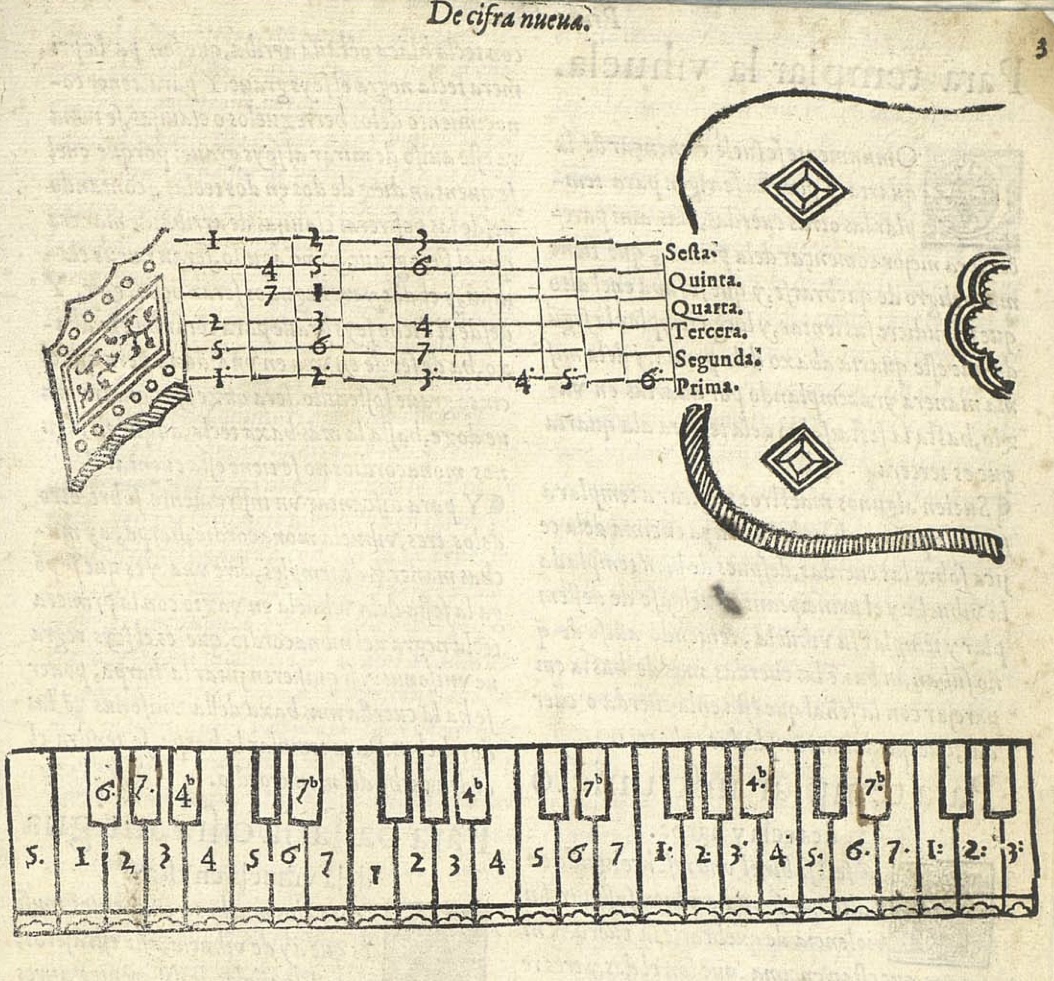
Images are resized automatically to a maximum width of 800px
 Attachment (1) Attachment (1)
_____________________________
CD's and transcriptions available here:
www.ricardomarlow.com
|
|
|
|
REPORT THIS POST AS INAPPROPRIATE |
Date Feb. 3 2023 12:21:01
 |
|
 New Messages New Messages |
 No New Messages No New Messages |
 Hot Topic w/ New Messages Hot Topic w/ New Messages |
 Hot Topic w/o New Messages Hot Topic w/o New Messages |
 Locked w/ New Messages Locked w/ New Messages |
 Locked w/o New Messages Locked w/o New Messages |
|
 Post New Thread
Post New Thread
 Reply to Message
Reply to Message
 Post New Poll
Post New Poll
 Submit Vote
Submit Vote
 Delete My Own Post
Delete My Own Post
 Delete My Own Thread
Delete My Own Thread
 Rate Posts
Rate Posts
|
|
|
Forum Software powered by ASP Playground Advanced Edition 2.0.5
Copyright © 2000 - 2003 ASPPlayground.NET |
0.125 secs.
|


 Printable Version
Printable Version




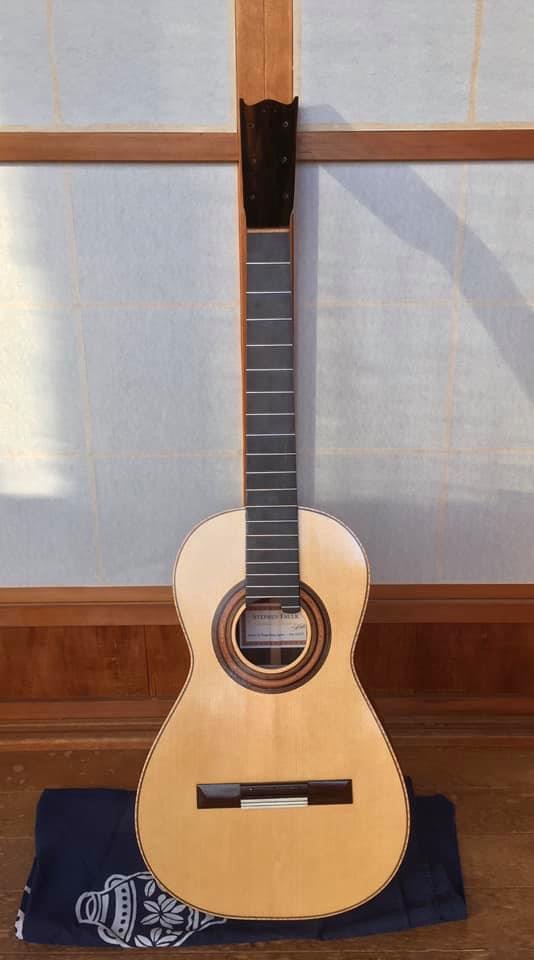
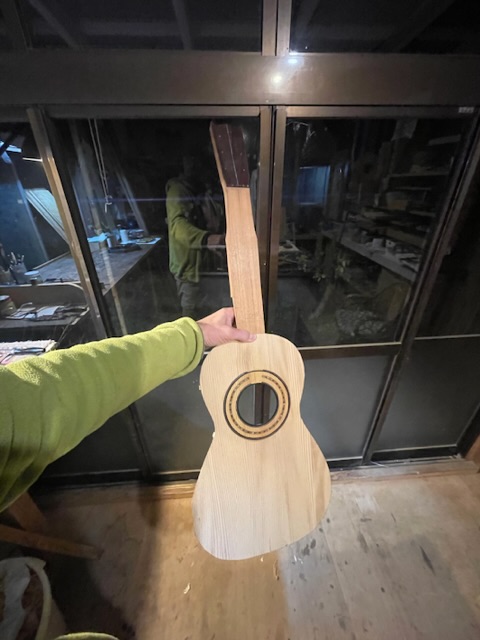
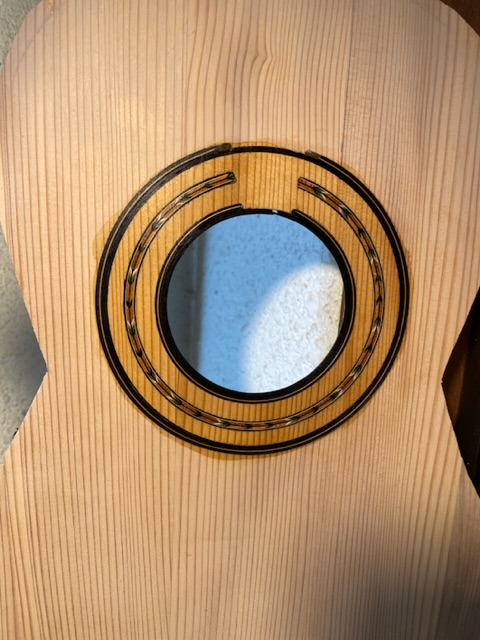


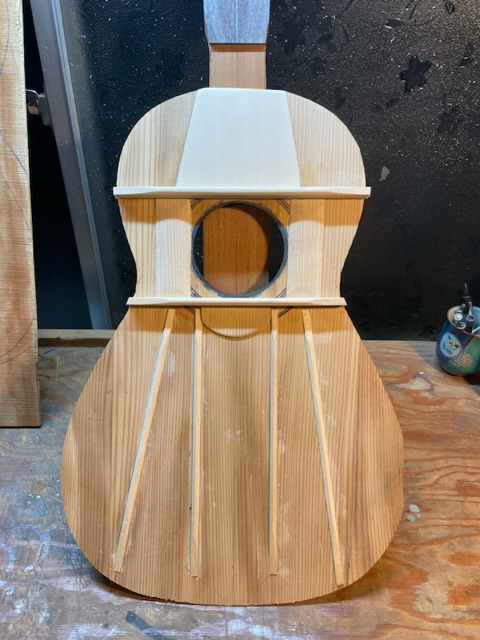
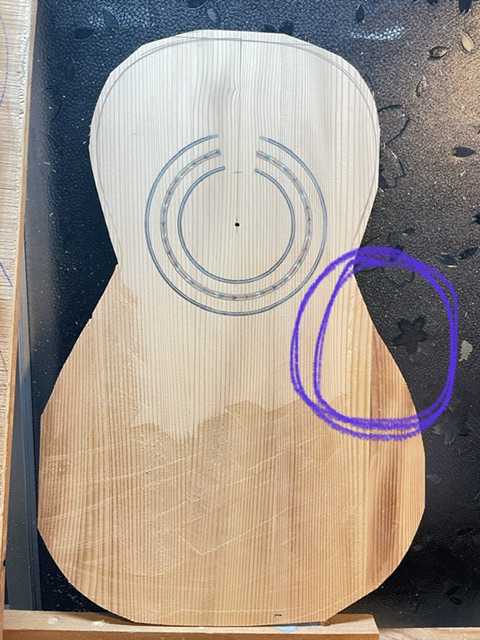
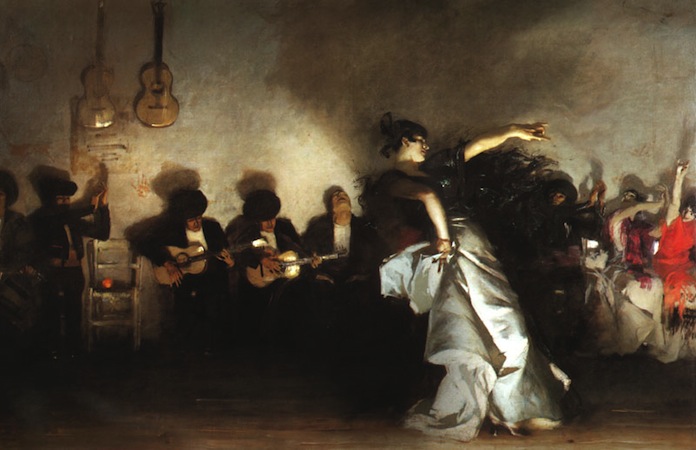

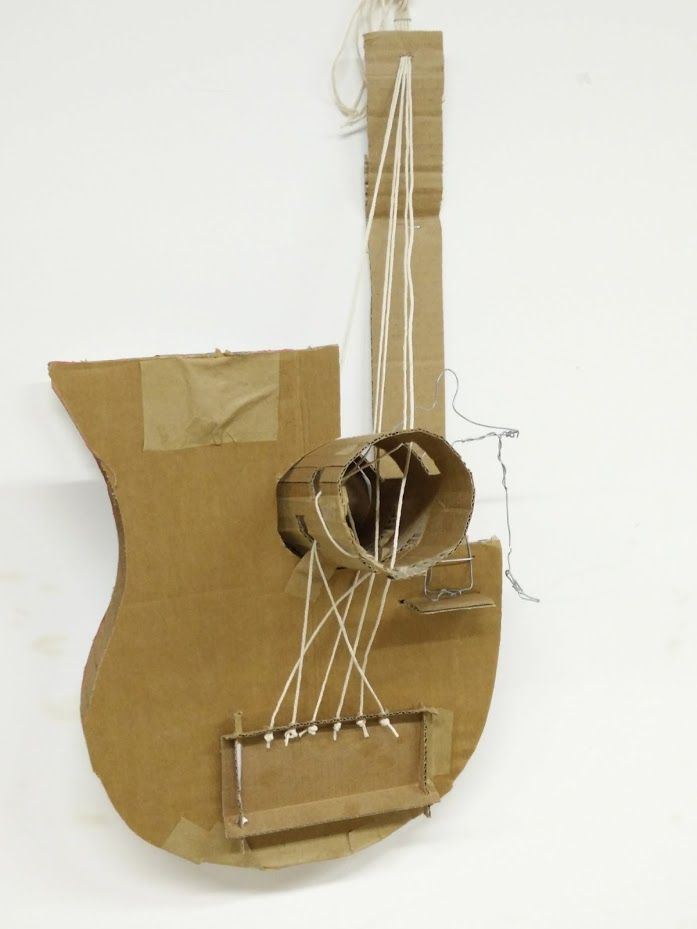

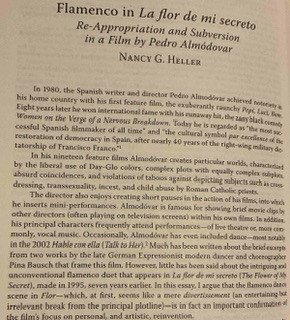

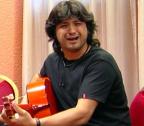
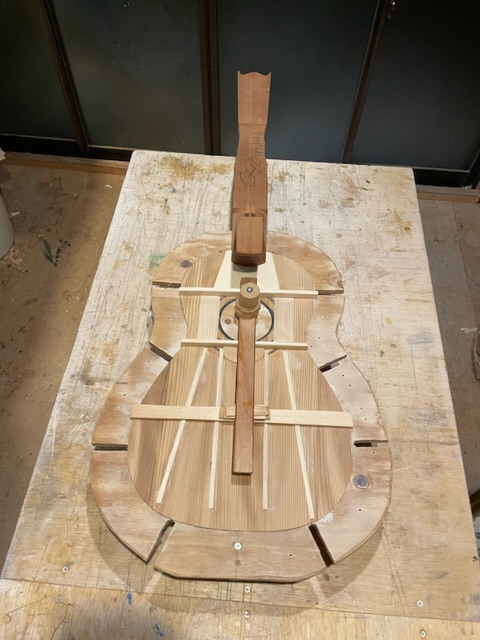
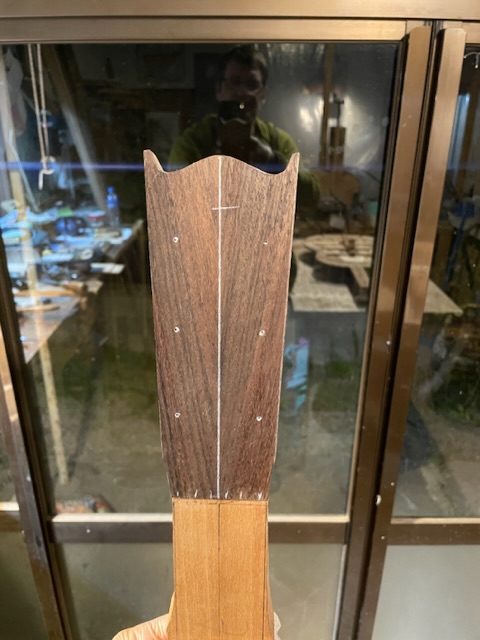


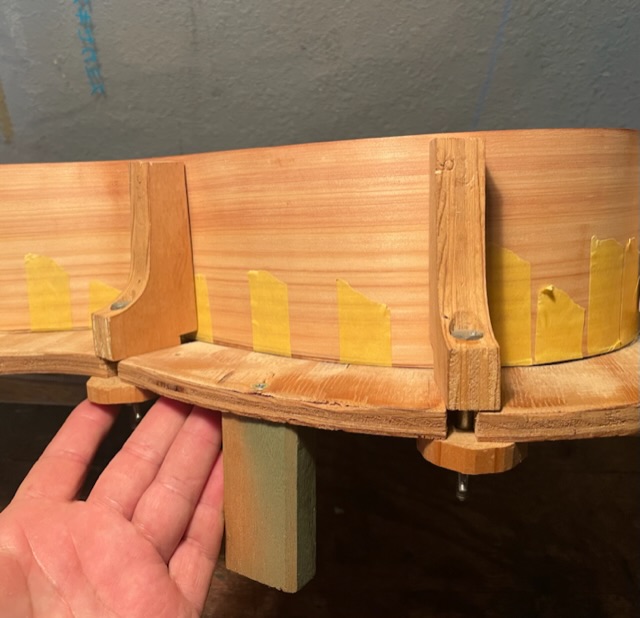
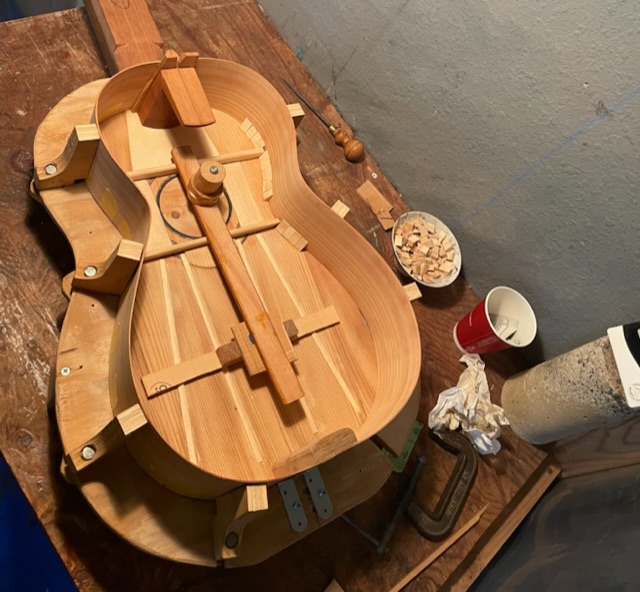
 New Messages
New Messages No New Messages
No New Messages Hot Topic w/ New Messages
Hot Topic w/ New Messages Hot Topic w/o New Messages
Hot Topic w/o New Messages Locked w/ New Messages
Locked w/ New Messages Locked w/o New Messages
Locked w/o New Messages Post New Thread
Post New Thread